Mathematical Topics: Maya Calendar & Base 20 Number System
Relevance: Maya
Suggested Age: 8th | 9th
Suggested Course: Middle School or Algebra 1

Lesson Summary:
This lesson intends for students to engage with the Maya Calendar and their base 20 number system. Through a discovery lens students will explore how base 20 functions and compare it to our base 10 number system. Students will be given a chance to write numbers in base 20 and convert them to decimal value. Afterwards students will learn about the Maya calendar and its connections to mathematics. Students will then create posters about the influence of the calendar and mathematics on the society of the Maya. Discussion questions will guide students into conversation about our Western perception of the advancement of ancient civilizations. Lastly, there are a variety of extension activities available to choose from based on student interest.
Our Lesson Plan
Our lessons are made to be printed or downloaded. Please do so through the link below.
Our Presentation
Our presentations are made to be printed or downloaded. Please do so through the link below.
Student Handouts
Our student handouts are made to follow the progression of the teacher guide. Download and edit to fit your students needs.
Hook: (10 minutes, slides 2-5)
here are two options for a hook to choose from. Both options given students the opportunity to consider the meaning of base 20.
- Option 1 (slide 3): This option is a more open ended option for students to try to represent what base 10 means to them using words, numbers or diagrams.
- Option 2: (slide 4-5): A more directed question will allow students to break down the number 4,392 and describe it using base 10. Slide 5 will give students a guided breakdown and visual that will help them organize their ideas later in the lesson when considering base 20.
Mathematical Exploration: (45-60 minutes; slides 6-18)
During the mathematical exploration students will learn about the Mayan base 20 number system. On slide 7 students will be given the Maya number system and ask them what base their number system was in. The goal will be for students to recognize they have a base 20 model. Students will have a class conversation about how it is difficult to conceptualize base 20 similar to how it is difficult to think in a new language you are just learning. We often think in our native language rather than translate to the new language, this is similar to switching between mathematical bases.
Following this, on slide 8, students will complete a notice and wonder that shows the process of converting Mayan numbers to decimal values. The hope is that students would be able to discover that base 20 is about place value and exponential growth of base 20. During this exploration it is essential that students are given the time to really try to problem solve and figure out the pattern. It is important to give students a few minutes of independent thought time to process the information before they share out in groups. If certain groups can figure out the first example, let them share with the whole class. If students need extra support in how to organize their ideas, slides 9-11 provide solutions.
Once students have figured out how to convert numbers using base 20 to decimal base 10 they can practice together. It is recommended to allow students the chance to practice on whiteboards together following the Building Thinking Classrooms model. Problems can be found on slide 12.
After students feel comfortable working in base 20, they will learn about the use of base 20 in the Maya calendar.
Have students try to imagine the concept of decryption from ancient civilizations. How might explorers have had to decrypt information from old civilizations to make sense of it in our current culture?
Have students watch the following two videos back to back. These videos focus on the discovery of the Maya number system and calendar. It discussed how the information was understood by archeologists and historians and how they decoded the Maya calendar.
The Maya Books: https://www.youtube.com/watch?v=GgCf3Q7qooQ&list=PL4zJ2UjHGjplIIjVDE2Ruk7JMqdgxLDA4&index=3
The Calendar: https://www.youtube.com/watch?v=qhWItvjk9Yg&list=PL4zJ2UjHGjplIIjVDE2Ruk7JMqdgxLDA4&index=4
Discussion Questions:
- How did they “crack” the code to understand the Maya calendar?
- What information is important to note about the Maya calendar?
In the discussion questions above, anticipate students will make connections with explorers burning the Maya papers with mathematics on it and the excavation of the pyramids. This is a similar trend with possible ethical concerns about Western society gaining knowledge from ancient civilizations that students might have discussed in history class.
The lesson then spends time exploring the Maya calendar. Students can watch the following 2 minute video about the functioning of the Maya calendar. Students can also get to actually make their own Maya calendar using the following hand out. Hopefully this helps them conceptualize the many different combinations of days.
Video Explaining how the calendar functions:
https://www.youtube.com/watch?v=MFsWmxk4QzM
Students will then create their own Maya Calendar:
https://www.mayaarchaeologist.co.uk/product/maya-calendar-pack-digital-download/
Relevance Explored: (40-45 minutes; slides 19-22)
During relevance explored students will consider the implications of base 20 and the calendar on life with the Maya. As a class, begin considering the importance and implications of numbers in the Maya civilization and the impact of mathematics on their community. Students will look at the influence of the Maya calendar, astrology and mathematics. As students watch the following video they will be asked to note all of the mathematics they see in the video.
https://www.youtube.com/watch?v=Q9UJeEFzx0E&t=176s
Students will then be split into groups of 4-5 students to create posters (on chart paper) about the different use of the Maya calendar in the community. For each poster students will be asked to answer the following essential questions:
- How did the mathematical understanding of the Maya calendar progress the civilization?
- How was the calendar essential to the culture of the Maya?
- Are there any long term implications about our Western conceptualization of mathematics that was evident in the Maya?
Below are the following articles and key takeaways students will have for each poster:
Observations of Venus:
Key take aways from the article:
- The Maya were able to track patterns of Venus
- Resulted in mathematical calendar knowledge
- Implications on rituals in the community
- These concepts are still present in our Western conceptualization of astrology
Astronomy:
http://www.starteachastronomy.com/mayan.html (Just the astronomy section of this article & the end of the first paragraph about agriculture)
Key take aways from this article:
- Sun was the primary life giver
- Priest-astronomers were responsible for this tracking
- Fear of the eclipses and importance of tracking them
- planting season
Buildings and Temples:
http://www.starteachastronomy.com/mayan.html (Just the buildings and temples section)
Key take aways from this article:
- Buildings and alignments related to the astronomy
- Priest-astronomers who could understand the sky could thus ultimately understand the Gods
- Connection of Gods to human lives
https://celestialtree.wordpress.com/2017/03/19/kiche-mayan-calendar-divination-using-tzite-sacred-seeds/ (based on an interview)
Key take aways from this article:
- Different days from the calendar determined different rituals
- Days are used as a spiritual guide to gain clarification on life scenarios
- Used to guide actions and make decisions for individual’s lives
https://mayansandtikal.com/mayan-religion/mayan-ceremonies/
Key take aways from this article:
- The article summarizes the purposes of many ceremonies as well as the role the calendar played during the ceremony and scheduling it.
Once students have created the posters we will do a full class share out. Each group will have 1-2 minutes to present what they found based on the timing of the do now and poster creations.
Student Discussion: (10-15 minutes; slides 12-24)
Students should be given the time to discuss and debrief the lesson together. The discussion questions intended to let them reflect on Westernized perceptions of the development of Ancient cilivizations. The questions provided are just suggested questions and should be edited and developed to meet the needs, identities and personalities of your students. They can be considered in partners, small groups or whole class discussions based on your student population.
Extension Activities: (slides 21-24)
If you would like to spend more time on than the lesson provided there are extension ideas ready to explore. Based the student population and task chosen additional research and development of content might be necessary:
- Extension 1: (slide 26) Use the Maya Calendar converter to change significant days in students lives to Maya calendar dates
- Option 1: https://www.mayaarchaeologist.co.uk/school-resources/maya-calendar-converter/
- Option 2: https://maya.nmai.si.edu/calendar/maya-calendar-converter
- Extension 2: (slide 23) Play a game that practices Maya base 20 mathematics
- Extension 3: (slide 24) The power of the Maya Calendar – Students can look into other applications mathematics & the Maya calendar on society.
More Lessons
Below you’ll find our resources which are filterable by their age group and mathematical topic.
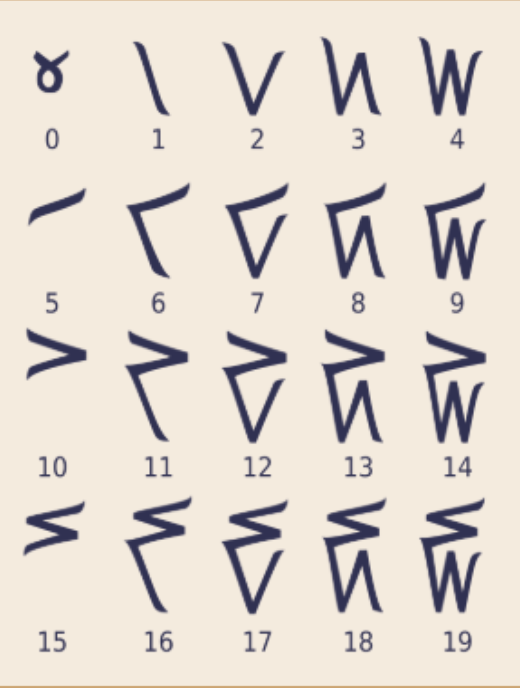
Kaktovik Numerals & Base 20

Tessellations in West African Hair Braiding

Density in Dominican Cakes compared to American Cakes
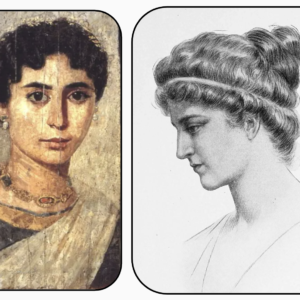
Hypatia of Alexandria & Conic Sections
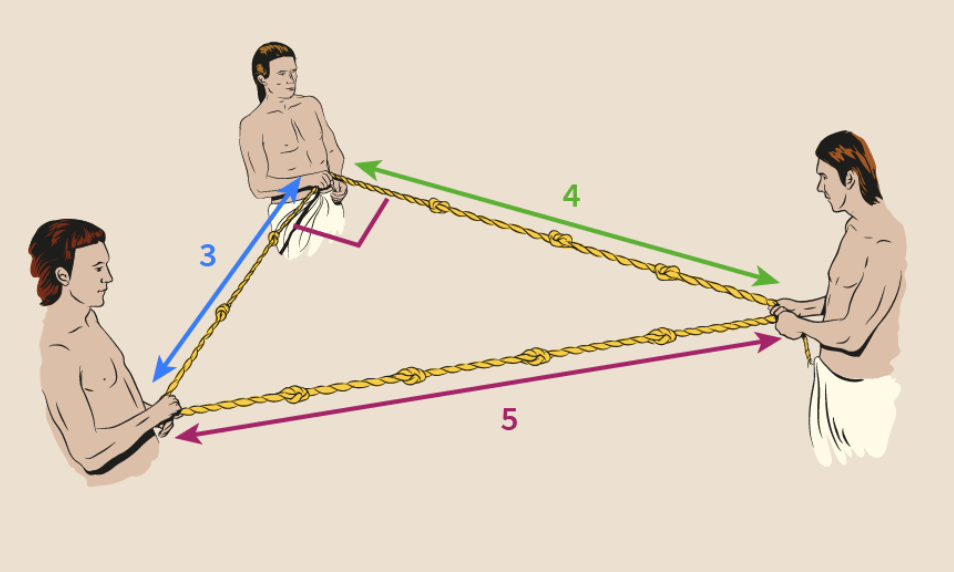
Ancient Egyptian Base 10 Number System & Doubling Method
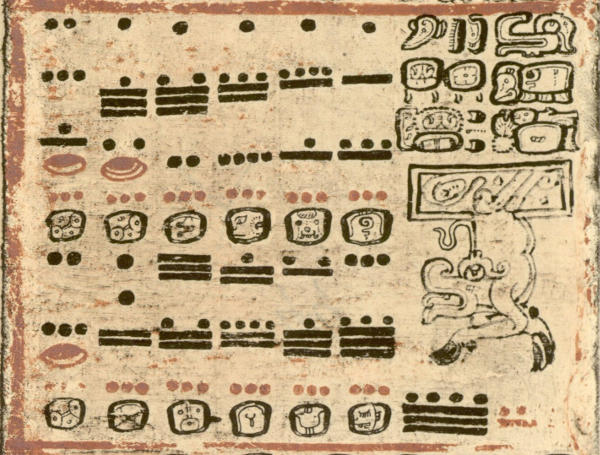
Maya Calendar & Base 20 Number System
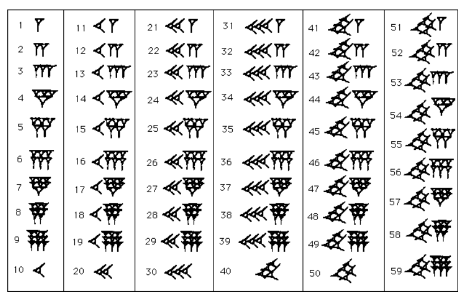
Ancient Babylon Base 60 Number System
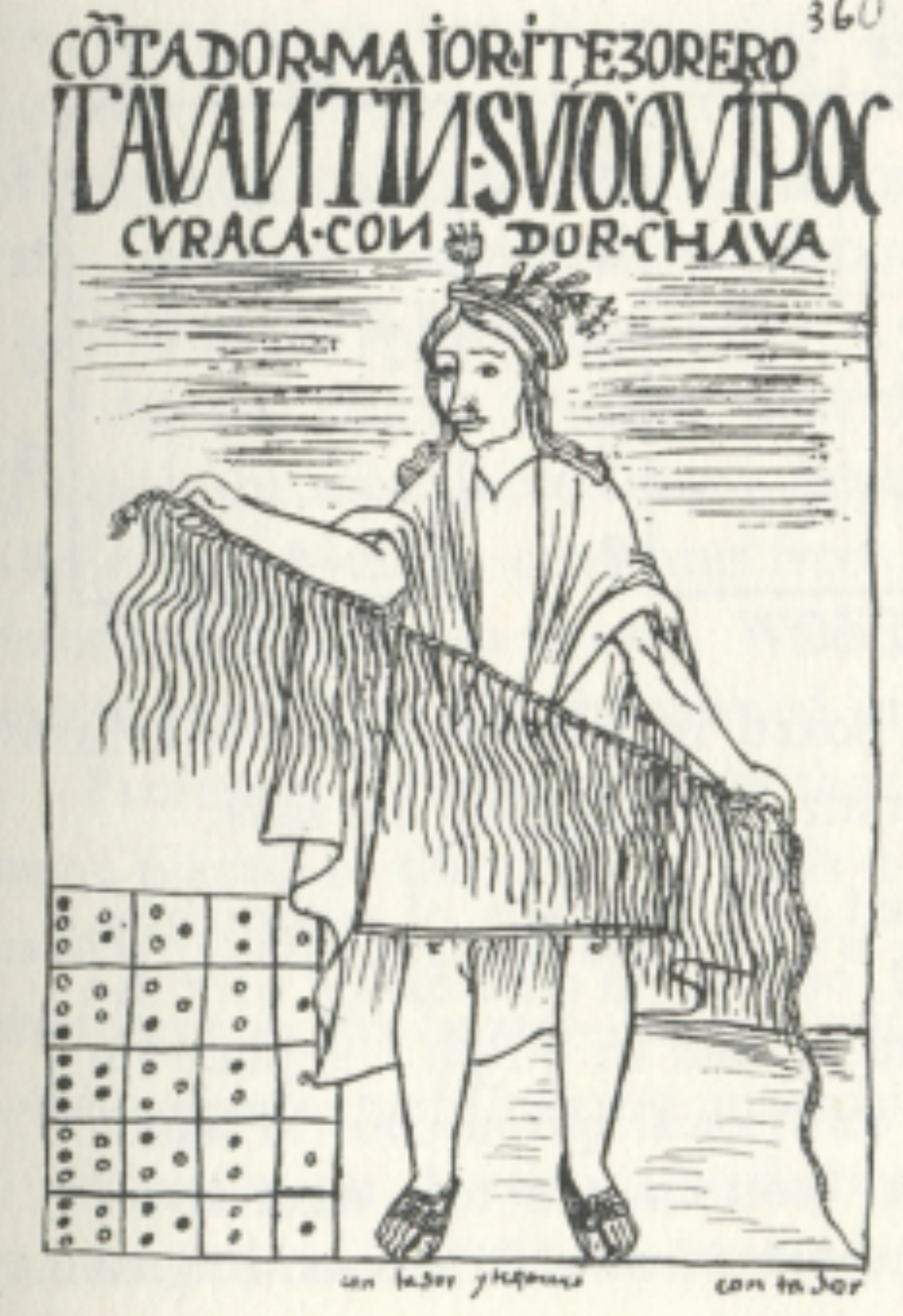
The Origins of Fibonacci’s Sequence
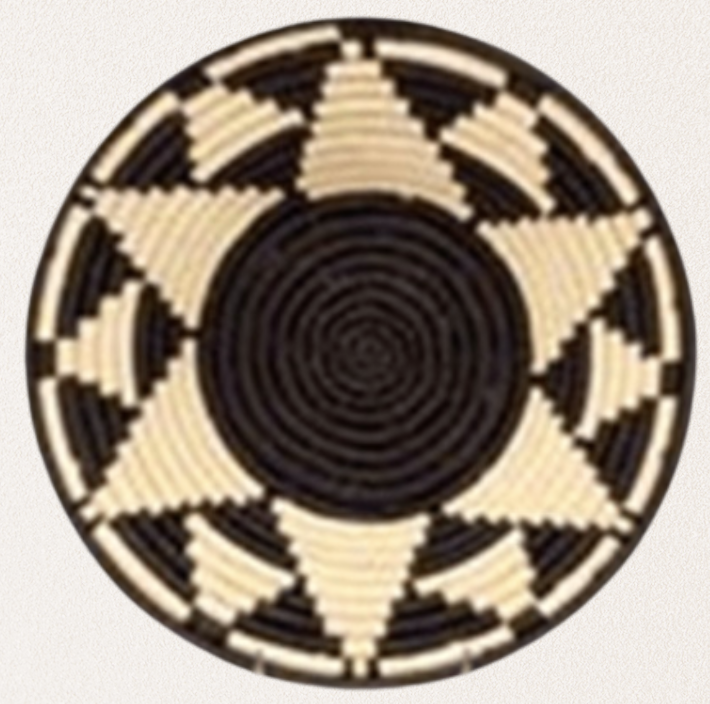
African Baskets & Regular Polygon Rotations

Ancient Mathematical Puzzles: Magic Squares and Hexagonal Tortoises
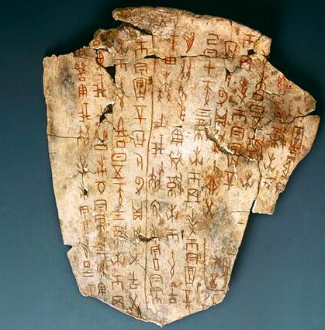
Oracle Bones & Counting Rods

